Cell Membrane Biomimetic Nanotechnology for Biologics
Inquiry
Cell membrane biomimetic technology combines the properties of natural cell membranes with the properties of artificial core nanomaterials, thereby greatly improving biocompatibility and achieving long-lasting circulation and targeted delivery in the body. CD Formulation has been committed to establishing cell membrane biomimetic nanotechnology systems for biologics for years. We can provide excellent customer service and support to meet customers' needs.
Advantages of Cell Membrane Biomimetic Nanoparticles
Cell membranes naturally have proteins that can impart their properties to cell membrane-mimetic nanoparticles. Cell membranes from different sources can be coated on nanoparticles using different methods. Cell membrane biomimetic technology includes red blood cell membrane, platelet membrane, macrophage membrane, tumor cell membrane, bacterial membrane, mixed membrane, etc.
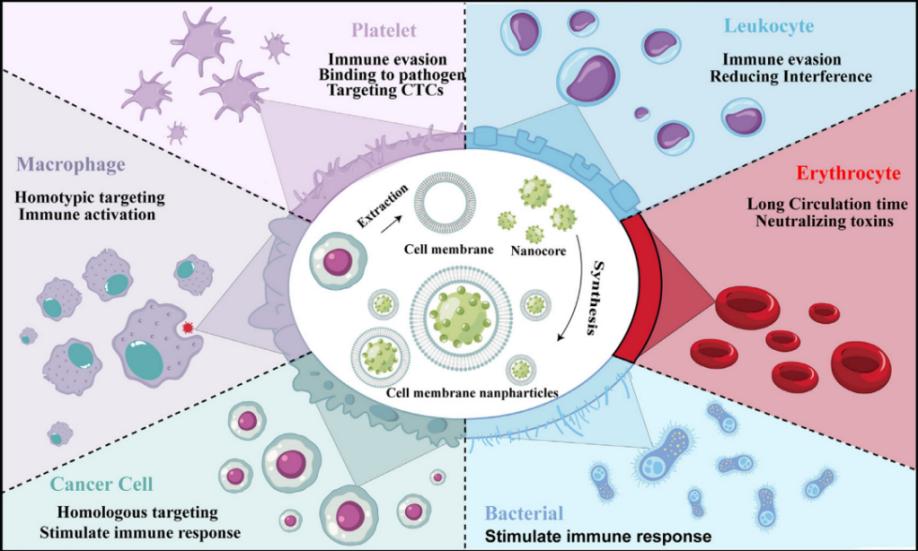 Fig.1 Cell membrane technology types. (Songtao Li, et al. 2024)
Fig.1 Cell membrane technology types. (Songtao Li, et al. 2024)
The abundant membrane proteins on the surface of the cell membrane allow membrane-coated nanoparticles to inherit a wealth of functions related to the source cell, such as "self" labeling, interaction with the immune system, biological targeting and localization to specific areas, thus endowing the nanoparticles with better biocompatibility, weaker immunogenicity, immune evasion, long-lasting circulation and tumor targeting. The advantages of cell membrane biomimetic nanoparticles are as follows.
- Cell membrane biomimetic nanoparticles endow artificial carriers with natural capabilities and advantages. They not only retain the physical and chemical properties of nanoparticles, but also have the functions of source cell membranes.
- Cell membrane-coated nanoparticles acquire additional properties depending on the cell source, such as immune evasion, prolonged circulation, or homing to a target site.
Biomedical Applications of Cell Membrane Biomimetic Nanotechnology
Cell membrane-coated biomimetic nanoparticles are applicable in various medical fields, including:
- Drug Delivery: The membrane's natural proteins enhance blood circulation and target delivery to specific tissues, making these nanoparticles effective drug carriers.
- Phototherapy: Leukocyte-coated nanoparticles improve the targeting and biocompatibility of photosensitizers used in tumor treatment.
- Immune Modulation: Cancer cell membranes can stimulate immune responses, enhancing tumor-specific immune activation.
- Detoxification: Membrane-coated nanoparticles act as decoys, absorbing toxins and neutralizing their effects.
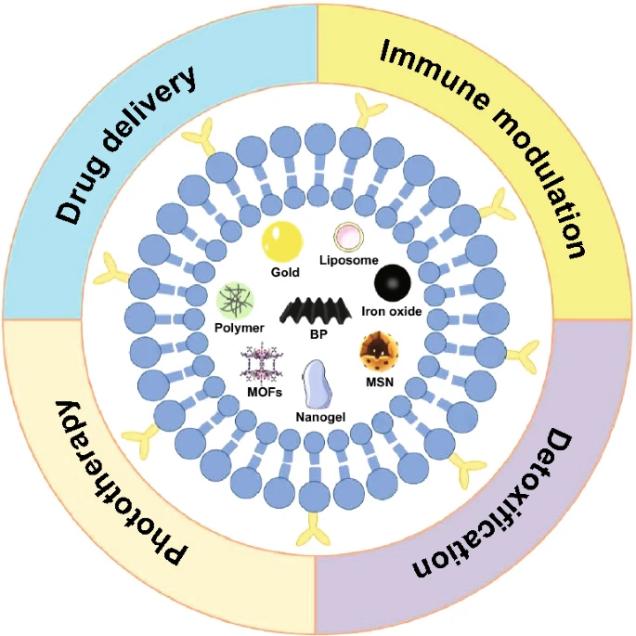 Fig.2 Cell Membrane Coating Technology: A Promising Strategy for Biomedical Applications. (Yao Liu, et al. 2019)
Fig.2 Cell Membrane Coating Technology: A Promising Strategy for Biomedical Applications. (Yao Liu, et al. 2019)
Our Cell Membrane Biomimetic Nanotechnology Systems
Cell-based targeted delivery systems have low immunogenicity and toxicity, innate targeting ability, ability to integrate receptors, and long circulation time. Cells such as red blood cells, platelets, stem cells, tumor cells, immune cells, and even viral/bacterial cells can all serve as efficient natural vesicles. CD Formulation is committed to providing excellent customer service and support for cell membrane biomimetic nanotechnology systems, based on red blood cell membrane, tumor cell membrane, stem cell membrane, immune cell membrane and hybrid membrane.
Our Fabrication Process for Cell Membrane-coated Nanoparticles
The preparation of conventional cell membrane-coated nanoparticles can be divided into three key steps, including membrane extraction, preparation of core nanocarriers, and fusion (reconstructing cell membrane-coated nanoparticles).
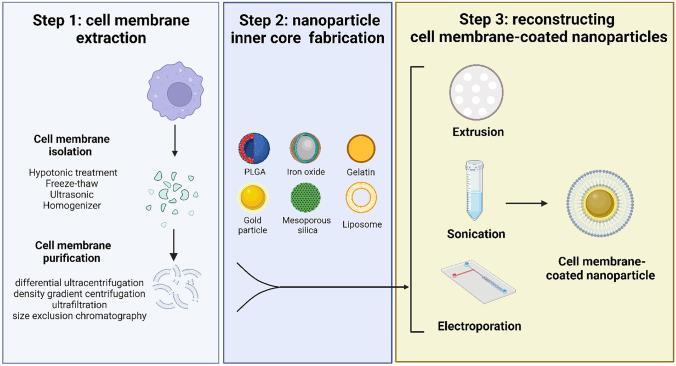 Fig.3 A schematic diagram of preparing cell membrane-coated nanoparticles. (Hui Liu, et al. 2023)
Fig.3 A schematic diagram of preparing cell membrane-coated nanoparticles. (Hui Liu, et al. 2023)
Cell Membrane Extraction
The membrane extraction process includes membrane lysis and membrane purification, both of which must be as gentle as possible.
Inner Core Nanocarrier Fabrication
The core nanocarrier is the payload that is ultimately delivered to the target tissue. Our nanomaterials used for cell membrane encapsulation include poly (lactic-co-glycolic acid) copolymer (PLGA), liposomes, SiO2, mesoporous silica nanocapsules (MSN), gold, iron oxide, upconversion nanoparticles (UCNPs), metal organic frameworks (MOFs), nanogels, etc.
Construction of Cell Membrane-coated Nanoparticles
We fuse the membrane and core nanocarrier so that the membrane can cover the surface of the core, thus producing cell membrane biomimetic nanoparticles. We have explored and studied fusion methods such as membrane extrusion, ultrasonic fusion or electroporation.
Highlights of Our Cell Membrane Biomimetic Nanotechnologies
- Our core technical team has researched the cell membrane-coated nanoparticle preparation methods depending on our novel cell membrane biomimetic nanotechnology.
- We can provide customers with excellent customer service and support based on cell membrane biomimetic nanotechnology systems.
- We specialize in developing membrane-coated nanoparticles for biologics, customized to each client's specifications.
Custom Biomimetic Nanoparticle Development Services
With the help of our novel cell membrane biomimetic nanotechnology, CD Formulation is good at developing and customizing cell membrane-coated biomimetic nanoparticles to meet customers' different requirements.
Biomimetic Nanoparticle Development for Nanomedicine
At our state-of-the-art biomimetic nanoparticle technology platform, CD Formulation has accumulated rich experience in customizing cell membrane biomimetic nanoparticles for years. After exploring and researching cell membrane biomimetic nanotechnology systems, we can provide our customers with customizing high-quality cell membrane-coated nanoparticles to promote clinical transformation and commercial application of nanomedicines.
Published Data
Technology: Cell membrane-based mRNA delivery system
Journal: Small
IF: 13.0
Published: 2024
Results:
The authors discussed the design principles and applications of mRNA delivery systems based on cell membrane nanocarriers. The researchers integrated cell membrane nanocarriers with chemically synthesized nanocarriers (such as LNPs, polymers, inorganic nanoparticles, etc.), and naturally derived cell membranes were wrapped on the surface of nanoparticles carrying mRNA, thereby constructing a cell membrane-based mRNA delivery system that replicates cell characteristics. The authors also pointed out that genetic engineering technology can be used to produce cell membranes rich in specific surface markers, thereby customizing cell membrane delivery systems with precise functions, such as overexpressing tumor necrosis factor-α (TNF-α) receptors on macrophage biomimetic membranes through plasmid transfection to prepare transgenic engineered cell biomimetic membranes with customized inflammatory effects. The results of the study showed that cell membrane-coated nanoparticles can combine the biological functions of natural membranes with the physical and chemical properties of synthetic nanomaterials, which not only reduces the immunogenicity of synthetic materials, but also achieves tissue targeting based on cell sources, enhances the cell specificity and targeting ability of the mRNA delivery system, and improves the delivery efficiency.
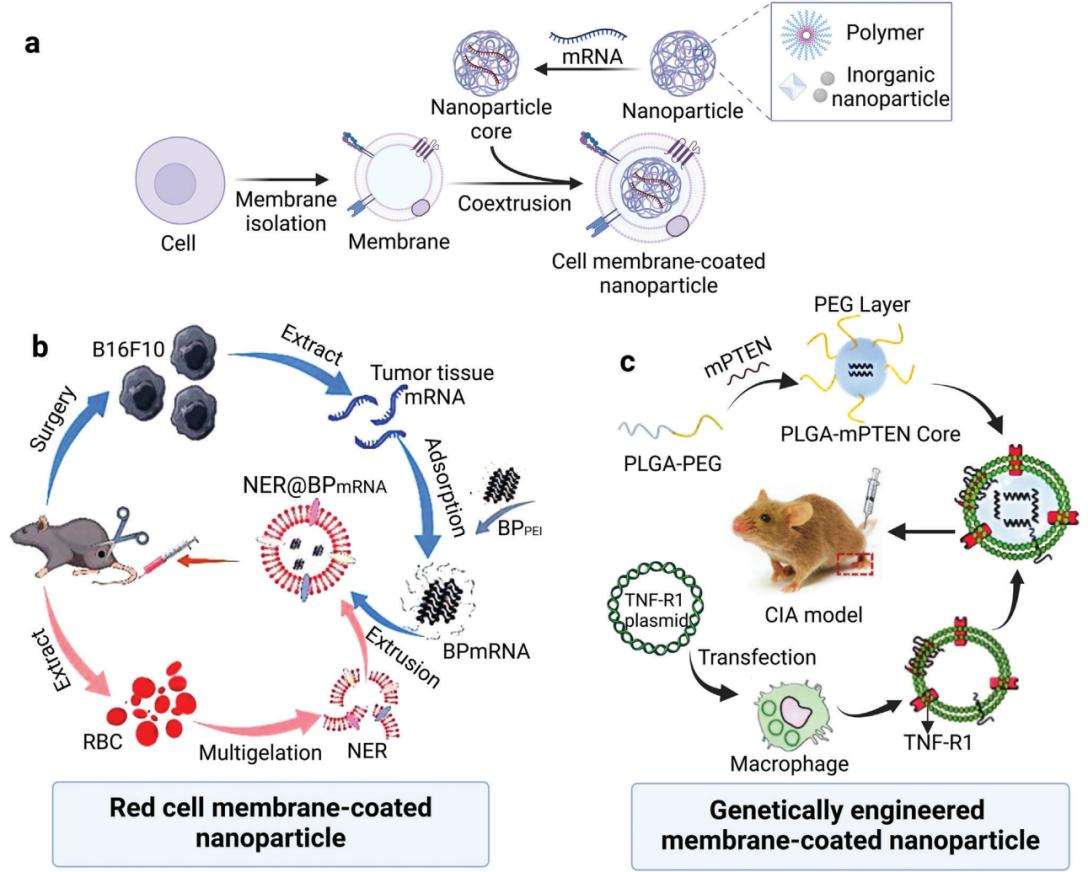 Fig.4 Cell membrane-based mRNA delivery system. (Menghao Yin, et al. 2024)
Fig.4 Cell membrane-based mRNA delivery system. (Menghao Yin, et al. 2024)
With the development and maturity of various emerging biomimetic nanotechnologies, cell membrane biomimetic-modified nanoparticles will have more positive effects on human tumor treatment as a therapeutic method in biomedicine. As your most loyal partner, CD Formulation can not only lead the further development of cell membrane biomimetic nanotechnology, but also provide you with the best solutions in the preparation of cell membrane-coated nanoparticles, helping you to quickly complete the development of cell membrane-coated nanoparticles. If you are interested in our cell membrane biomimetic nanotechnology for biologics, please kindly contact us.
References
- Songtao Li, Xiangrui Menga, Bo Peng, et al. Cell membrane-based biomimetic technology for cancer phototherapy: Mechanisms, recent advances and perspectives. Acta Biomaterialia. 2024,174:26-48.
- Yao Liu, Jingshan Luo, Xiaojia Chen, et al. Cell Membrane Coating Technology: A Promising Strategy for Biomedical Applications. Nano-Micro Letters. 2019,11:100.
- Hui Liu, Yu-Yan Su, Xin-Chi Jiang, et al. Cell membrane-coated nanoparticles: a novel multifunctional biomimetic drug delivery system. Drug Deliv Transl Res. 2023,13(3):716-737.
- Menghao Yin, Hanruo Sun, Yanan Li, Jg, et al. Delivery of mRNA Using Biomimetic Vectors: Progress and Challenges. Small. 2024,2402715.
How It Works
STEP 2
We'll email you to provide your quote and confirm order details if applicable.
STEP 3
Execute the project with real-time communication, and deliver the final report promptly.
Related Services


 Fig.1 Cell membrane technology types. (Songtao Li, et al. 2024)
Fig.1 Cell membrane technology types. (Songtao Li, et al. 2024) Fig.2 Cell Membrane Coating Technology: A Promising Strategy for Biomedical Applications. (Yao Liu, et al. 2019)
Fig.2 Cell Membrane Coating Technology: A Promising Strategy for Biomedical Applications. (Yao Liu, et al. 2019)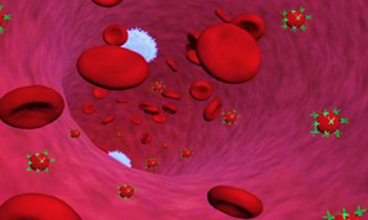
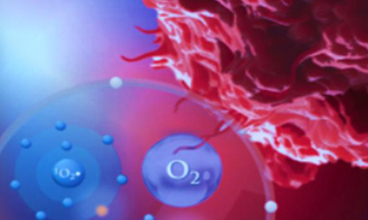
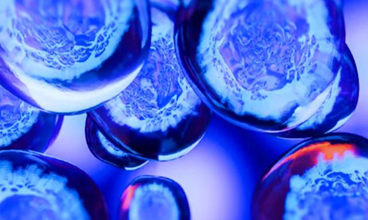
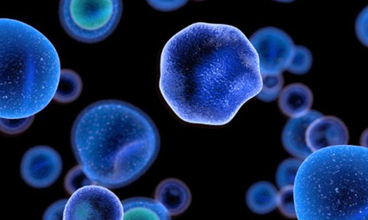
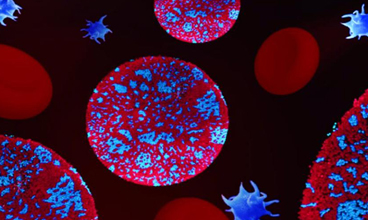
 Fig.3 A schematic diagram of preparing cell membrane-coated nanoparticles. (Hui Liu, et al. 2023)
Fig.3 A schematic diagram of preparing cell membrane-coated nanoparticles. (Hui Liu, et al. 2023) Fig.4 Cell membrane-based mRNA delivery system. (Menghao Yin, et al. 2024)
Fig.4 Cell membrane-based mRNA delivery system. (Menghao Yin, et al. 2024)
